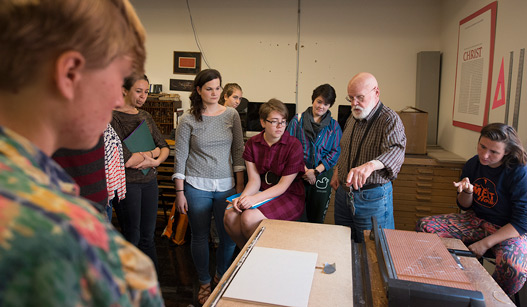Document Type
Article
Publication Date
2021
Publication Title
Journal of the American Oriental Society
Abstract
This article analyzes inscriptions cast on bronze mirrors of the Han dynasty (202 bce–220 ce) to trace how the material property of brightness became emphatically aestheticized through an expressive rhetoric of radiance and brilliance, illumination and reflection. It argues that specular brightness as a defining feature of Han mirrors was exploited by artisans to attract potential buyers. In contrast to erudite philosophers who exclusively used the logograph ming 明 to modify the literary mirror in classical texts, artisans promoted their products by featuring terms such as guang 光, zhao 昭, hui 輝, yao 耀, qing 清, and jiao 皎 in rhythmic proses of various lengths. Examining how artisans advertised their high-tin bronzes as embodiments of solar and lunar light, the study shows that specular brilliance was linked to a range of cosmetic, moral, and religious powers, from illuminating the individual and the physical world to revealing the invisible world, whether of human emotions or demons. The article further argues that the inscribed verses, while often formulaic and clichéd, were neither mere decorations nor generic blessings. In fact, they meaningfully structured and communicated a particular aesthetic appreciation shared by both Han artisans and users. This well-developed semantic fascination with specular brightness thus marks these metal discs as a distinctive genre of the decorative arts in early imperial China.
Volume
141
Issue
1
First Page
93
Last Page
124
Rights
© The Author
Version
Version of Record
Recommended Citation
Guo, Yanlong, "The Aesthetic of Brightness in Han Mirror Inscriptions" (2021). Art: Faculty Publications, Smith College, Northampton, MA.
https://scholarworks.smith.edu/art_facpubs/27


